The ocean plays a big role in this process. When the atmospheric wave changes wind patterns, it affects how heat moves between the ocean and air. This changes the depth of the ocean's upper layer of warmer water, which can make temperature changes stronger or weaker.
by University of Reading
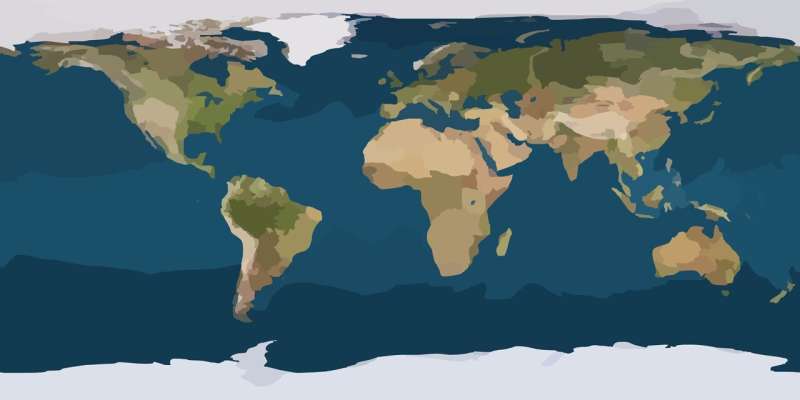
A small area of the southwestern Pacific Ocean, near New Zealand and Australia, can trigger temperature changes that affect the entire Southern Hemisphere, a new study has found.
Unlike El Niño, which starts in the tropics, this new pattern begins in the mid-latitudes. The study, published this month in the Journal of Geophysical Research: Oceans, highlights how important the interaction between the ocean and atmosphere is for our climate.
"Understanding this new weather system could greatly improve weather forecasting and climate prediction, especially in the Southern Hemisphere. It might help explain climate changes that were previously mysterious and could improve our ability to predict extreme weather and climate events."
Researchers used sophisticated climate models to simulate 300 years of climate conditions.
- This model combines atmospheric, oceanic, and sea-ice components to create a comprehensive representation of Earth's climate system.
- By analyzing this simulated data, the team identified a recurring pattern of sea surface temperature variations circling the Southern Hemisphere.
The weather pattern works like a global chain reaction. This pattern creates four alternating warm and cool areas in the oceans, forming a complete circle in the Southern Hemisphere. It starts near the ocean of New Zealand and Australia. When the ocean temperature changes in this small area, it triggers a ripple effect in the atmosphere. This creates a wave-like pattern that travels around the entire Southern Hemisphere, carried by strong westerly winds.
More information: Balaji Senapati et al, Southern Hemisphere Circumpolar Wavenumber‐4 Pattern Simulated in SINTEX‐F2 Coupled Model, Journal of Geophysical Research: Oceans (2024). DOI: 10.1029/2023JC020801
Journal information: Journal of Geophysical Research
Aluminum scandium nitride films: Enabling next-gen ferroelectric memory devices
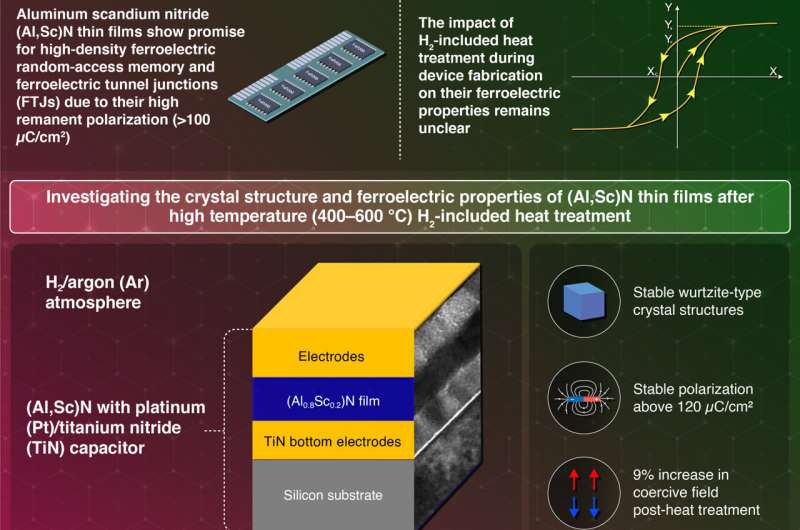
These states are stable, meaning they can 'remember' data without power, and can be switched efficiently by applying a small electric field. This property makes them extremely energy-efficient and capable of fast read and write speeds. However, some well-known ferroelectric materials, such as Pb(Zr,Ti)O3 (PZT) and SrBi2Ta2O9, degrade and lose their polarization when exposed to heat treatment with hydrogen during fabrication.
In a study published in the journal Applied Physics Letters, a research team led by Assistant Professor Kazuki Okamoto and Hiroshi Funakubo at Tokyo Institute of Technology (Tokyo Tech), in collaboration with Canon ANELVA Corporation and Japan Synchrotron Radiation Research Institute (JASRI), has shown that aluminum scandium nitride (AlScN) ferroelectric films remain stable and maintain their ferroelectric properties at temperatures up to 600°C. . .
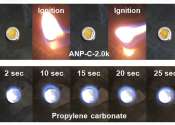
Engineers develop safe and long-cyclable lithium metal battery for high temperatures
In recent years, batteries have become ubiquitous in consumers' daily lives. However, existing commercial battery technologies, which use liquid electrolytes and carbonaceous anodes, have certain drawbacks such as safety ...
1 HOUR AGO
0
9

Converting captured carbon to fuel: Study assesses what's practical and what's not
The struggle to cut emissions is real. Last year, the world emitted more than 37 billion metric tons of carbon dioxide, setting a new record high. As a result, sucking CO2 out of the atmosphere has become an increasingly ...
1 HOUR AGO
1

Researchers develop first voxel building blocks for 3D-printed organs
A research team at the University of Virginia School of Engineering and Applied Science has developed what it believes could be the template for the first building blocks for human-compatible organs printed on demand.
MATERIALS SCIENCE
1 HOUR AGO
0
0

Neuroscientists use brain activity patterns to reveal thoughts of brain-injured patients
The very thought of being 'locked in' following a brain injury or even aware during general anesthesia induces fear because it awakens the classic terror trope of being buried alive. But what does it mean to be awake, but ...
NEUROSCIENCE
1 HOUR AGO
0
0
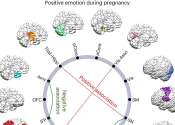
Study confirms maternal positive mental health correlated to children's brain development
Pregnancy brings about profound changes, and nurturing positive mental health during this period is crucial for the long-term health and well-being of children. Through scientific investigations on young children, Prof. Qiu ...
PSYCHOLOGY & PSYCHIATRY
1 HOUR AGO
0
0
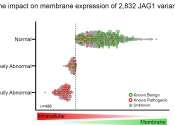
High-throughput variant reclassification aids Alagille syndrome diagnosis
Researchers from Children's Hospital of Philadelphia (CHOP) and the Perelman School of Medicine of the University of Pennsylvania (Penn Medicine) developed data designed to improve the diagnosis for Alagille syndrome, a complex ...
1 HOUR AGO
0
0

More money could result in fewer trips to ER, study suggests
Giving cash to poor people could result in fewer emergency department visits, a new study suggests.
HEALTH
1 HOUR AGO
0
0

New study identifies two proteins that may contribute to stroke recurrence
People who experience an arterial ischemic stroke (AIS) or transient ischemic stroke (TIA) are at an increased risk of suffering a second stroke or other major adverse cardiovascular event (MACE), making it critically important ...
GENETICS
27 MINUTES AGO
0
0

Engineers develop safe and long-cyclable lithium metal battery for high temperatures
In recent years, batteries have become ubiquitous in consumers' daily lives. However, existing commercial battery technologies, which use liquid electrolytes and carbonaceous anodes, have certain drawbacks such as safety ...
ENERGY & GREEN TECH
1 HOUR AGO
0
9

.jfif)



No comments:
Post a Comment